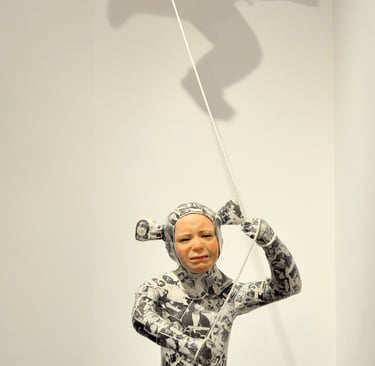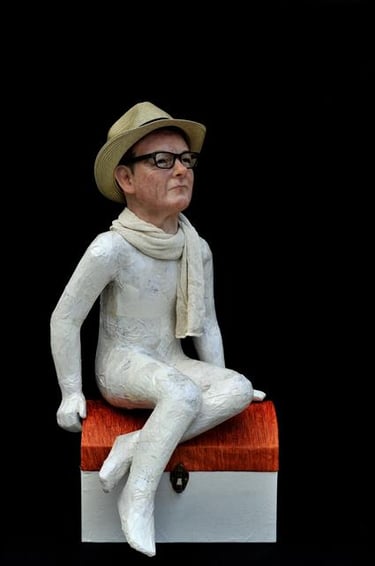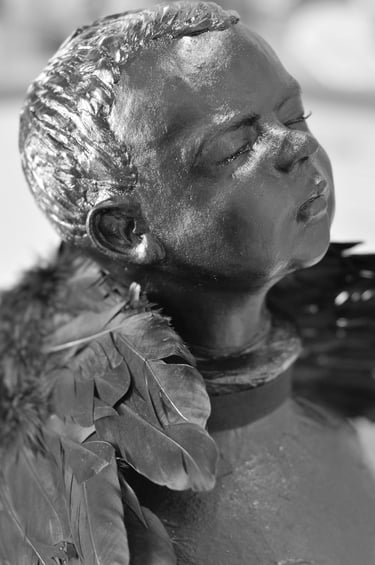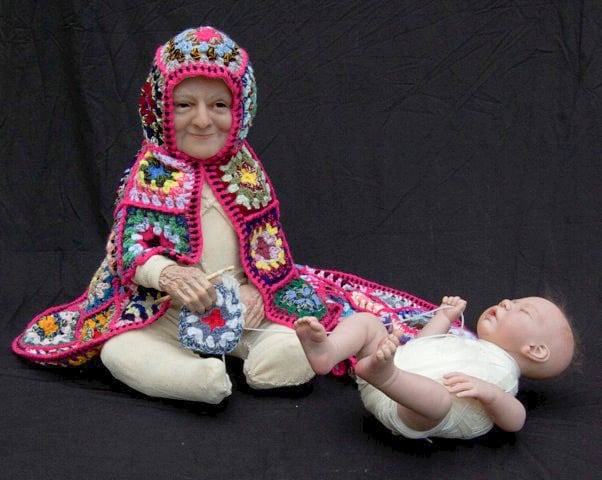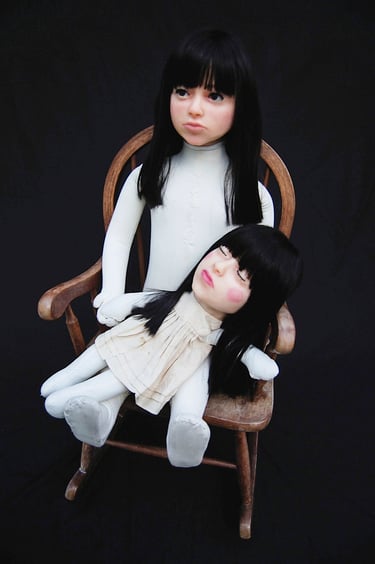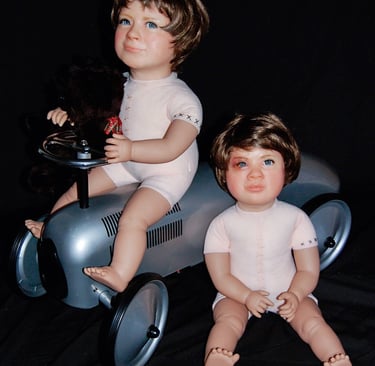Wax Modelling Demonstration by Eleanor Crook
The Ceroplastics congress will have sculptor and medical artist Eleanor Crook as wax modeller in residence, demonstrating the historic Ceroplastic techniques she has researched during many decades’ involvement with this most volatile and vivid of media. Delegates will have the chance to watch a process that has not been undertaken since the late 18th / early 19th century for the duration of the congress and see the intricacies and manipulations involved in creating these almost perfect replicas of the human mechanism.
Eleanor, a specialist ceroplastician, will present a large wax hand modeled and sculpted anatomical specimen in progress, using the same materials and methods as Clemente Susini the master-modeller of the Italian wax anatomy collections in Florence, Vienna and Cagliari. She has first hand experience of these following research and conservation at the Cittadella dei Musei in Cagliari and the Museo della Specola in Florence, and has experimented with authentic waxes, colours, organic materials, solvents and tools to cast a light on these long-forgotten secrets. She will prepare the musculature and bony parts of a quadrant of the body as an expressive work of sculpture as well as an accurate anatomy study and will demonstrate the filigree work of the historic wax modelers as she adds lymphatic vessels, blood vessels, nerves and other fine structures for all to see. Doubtless discoveries will be made in the course of making at the Museum. Amongst the materials she will present the cold wax encaustic techniques of the Cuni paint company who reproduce historic wax paint formulae.
She will present an illustrated conference paper on the final day.
Small wax works of hers will be available for sale from the workbench to delegates who would like a unique souvenir of the event.
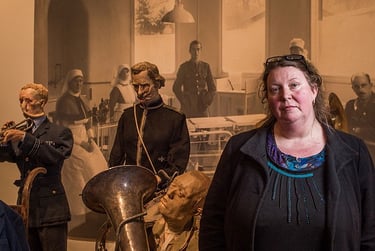

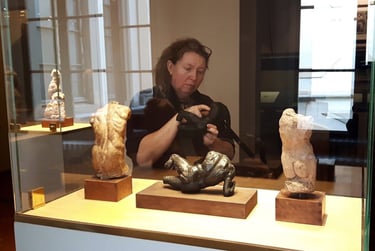

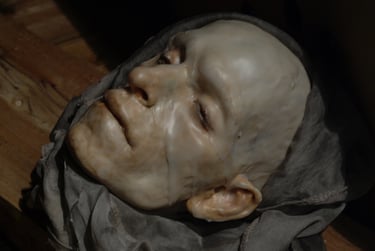

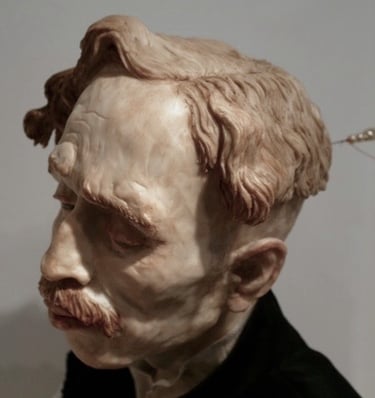

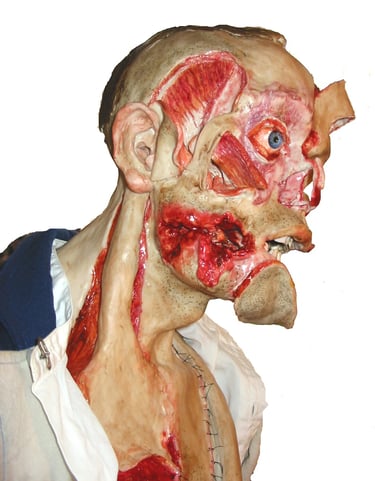

Wax Modelling Workshop with Pascale Pollier
“The anatomy of facial expression”
Don't miss this exclusive chance to take part in the workshop anatomical sculpting at the Gordon Museum, London, the pathological collection at this museum is not usually open to the general public.
The workshop will cover sculpting the muscles of facial expression in wax onto a skull model.
No previous experience is necessary of either sculpting or anatomy, as full tuition and guidance will be given by Medical Artist Pascale Pollier.
Pascale is a member of the MAA ( Medical Artists Association of GB) and is president of the AEIMS European Medical Artists Association ) she has over 20 years of experience as a professional medical artist.
The price per person per day is £60.
All materials will be provided.
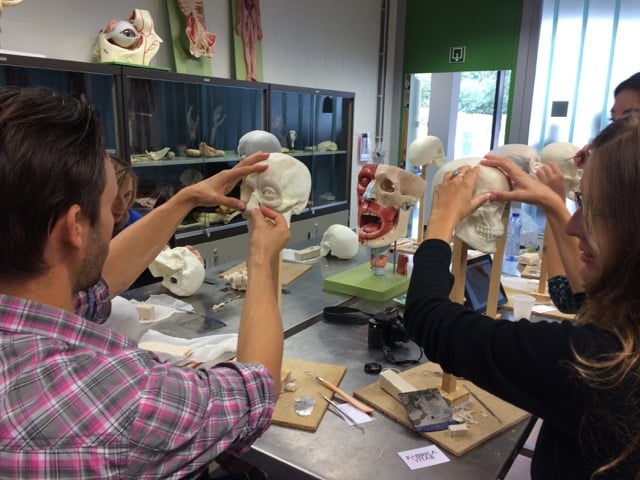

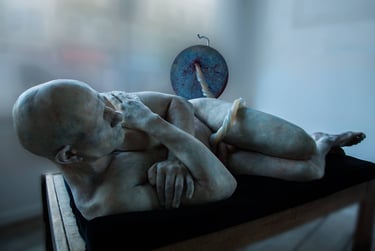

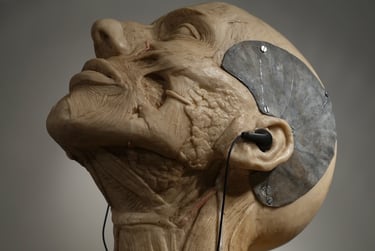


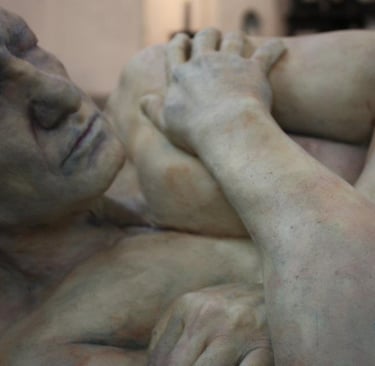
Modelling the Flesh
Art Exhibition
The exhibition, to be held in the Crypt at the Gordon Museum in London, will run for the entire congress and will showcase works from some of the country's foremost artists that wax as a artistic medium. The featured artists are; Eleanor Crook, Pascale Pollier and Wendy Mayer. Please scroll down for more information about each artist.
Eleanor Crook
Eleanor Crook trained in sculpture at Central St Martins and the Royal Academy in London and makes figures and effigies in wax, carved wood and lifelike media. She has also made a special study of anatomy and has sculpted anatomical and pathological waxworks for the Gordon Museum of Pathology at Guy's Hospital, the Royal Pharmaceutical Society, London's Science Museum, and the Royal College of Surgeons of England. She exhibits internationally in both fine art and science museum contexts. Eleanor is artist in residence at the Gordon Museum of Pathology, a member of the Medical Artists' Association, and runs courses for artists and medical students in Anatomy drawing and sculpting at the Royal College of Art , Ruskin School of Art, Oxford University, Camberwell School of Art and Bart’s & Queen Mary’s University medical schools as well as the Vrolik Museum Amsterdam.
Her recurrent research interests include anatomy and pathology, history of plastic surgery and reconstructive surgery, forensic sculpture, reconstructing historical sculpting techniques; art and literature by “outsider” figures with altered mental states, “OULIPO”( the international literary movement for the generation of potential literary form by means of game playing and the application of rules and processes), funerary practices which involve the sculptural incorporation of the remains into effigy figures, religious statuary where the statue is made as a vessel for the divinity, German and Flemish renaissance woodcarving and – always - ceroplasty.
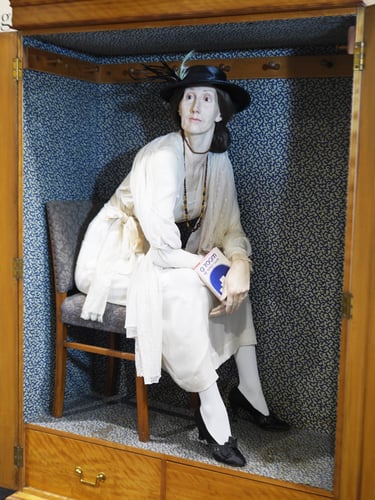




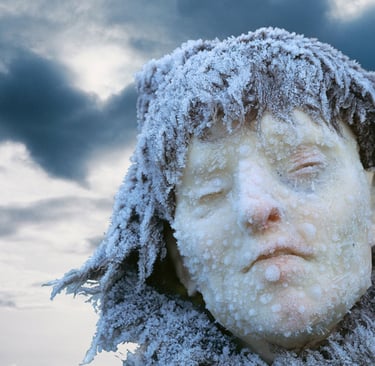


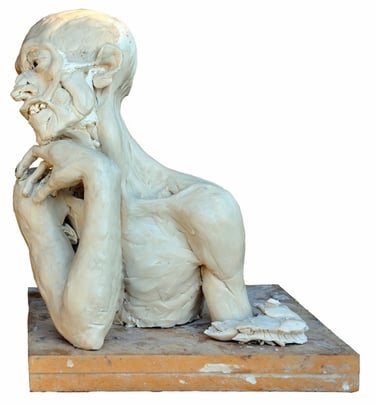

Pascale Pollier
Pascale’s work attempts to capture the point where art and science meld. An alchemist at heart, her work begins with observation and experimentation, and is steeped in solid scientific research and findings.
Her inspiration is drawn from observing the internal and external human body in all its diversity, life and nature in all its beauty, strength, fragility, disease, mortality, immortality and death. New technologies and philosophies, quantum physics, nanotechnology, animatronics are amongst her interest and are important in her work.
A Belgian National, Pascale studied fine art and Painting at St Lucas art school in Ghent, Belgium, and subsequently a postgraduate training with the Medical Artists Association, London UK. She is co-founder and past president of BIOMAB (Biological and Medical Art in Belgium) and now in the role of scientific advisor to Biomab’s study programme (ARS) Art Researches Science , she is curating and organising exhibitions, dissection drawing classes, collaborative art/science projects, symposiums and conferences. In 2015 she became co founder and president of the non profit organisation ARSIC “Art Researches Science International Collaborations , an international collective where Art and Science become entangled. This interdisciplinary association unites artists, scientists and those with a passion for the synergy between Art and Science, Technology and Philosophy. ARSIC pursues several goals. Organising and curating exhibitions, conferences and collaborative projects, supporting the publication of articles, books and films. Pascale was an external examiner for the medical art course at The Centre for Anatomy & Human Identification, University of Dundee, and is President of AEIMS (Association Europeenes des Illustrateurs Medicaux et Scientifiques).Pascale currently lives and works in London as a self-employed artist; artem-medicalis.
http://www.artem-medicalis.com/
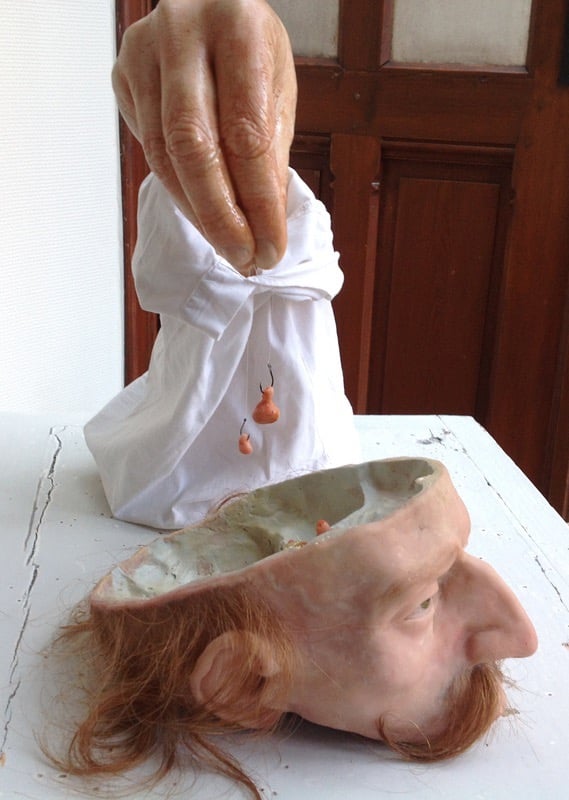

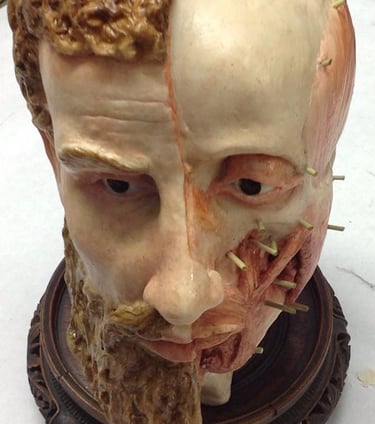

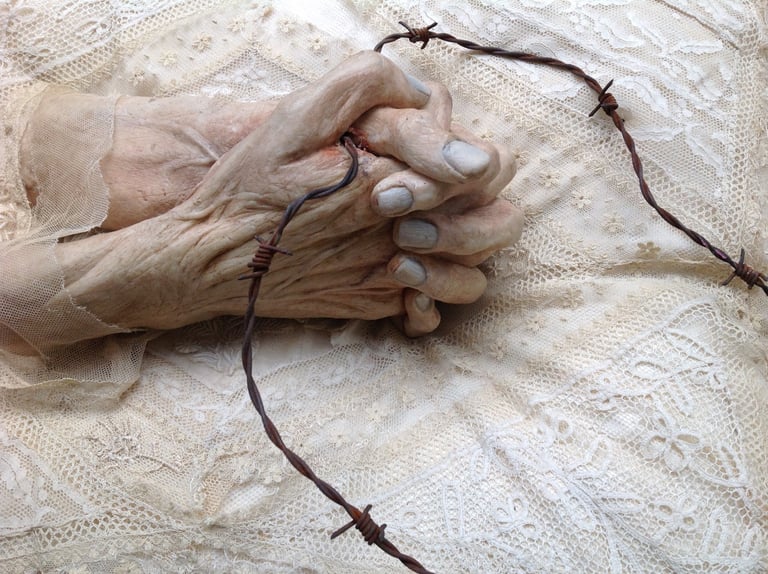

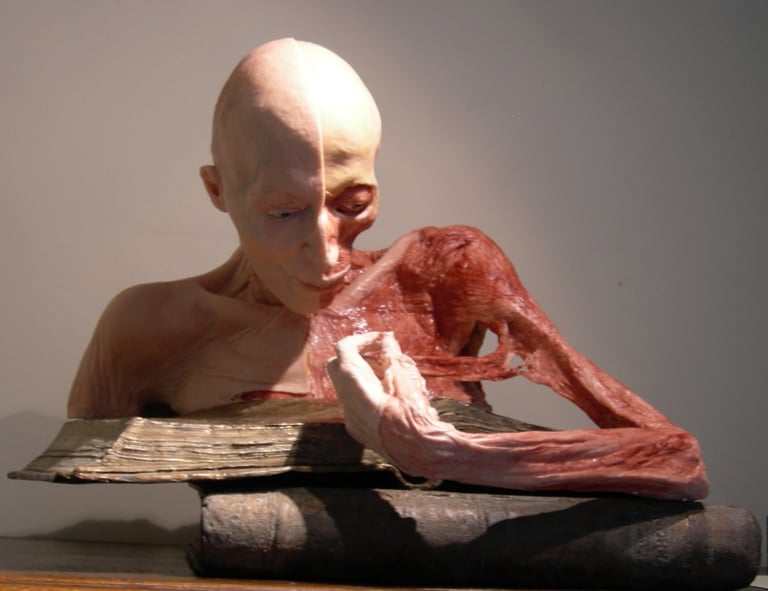

Wendy Meyer
Wendy Mayer is a Welsh artist who graduated in 2008 from Loughborough University School of Art. She was elected to the Royal Cambrian Academy of Art and the Royal British Society of Sculptors in 2010. Recent exhibitions have included Charlie Smith London, the Saatchi Gallery, the Royal College of Art, the Royal West of England Academy, the Wales Millennium Centre and the National Eisteddfod of Wales. Her work has been placed in the Saatchi and DeWoody collections as well as several international private collections. Her work is represented by CHARLIE SMITH London.
Gallery Director Zavier Ellis states: Wendy is an incredibly accomplished technician who renders her wax figures from clay sculptures derived from family photographs. There is a strong sense of nostalgia and of the uncanny, resulting in highly charged psychological works.
"My practice addresses an exploration of my relationship with the past and embraces my interest in the uncanny. Most of my work is autobiographical and I develop my ideas through religious iconography, dolls and toys. I mainly work in clay, wax and paper using modelling and casting techniques but have recently been making small painted vinyl pieces using a method called reborning. I am passionate about well-crafted work and endeavour to achieve a more developed level of fluency with each successive sculpture.
Brian Sewell has described me as a ‘craftsman’ and Richard Dorment wrote in the Telegraph that ‘her sculptures look as if they were made by Louise Bourgeois in a bad mood. She sews creepy little dolls with strange proportions and adult faces, and then arranges them in what should be harmless domestic scenes that don’t feel harmless at all.’"

